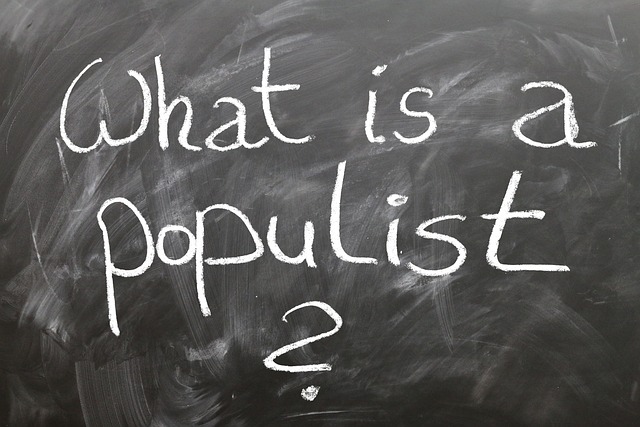The intricate dance between ideology and photography composition is a profound exploration that resonates deeply with both creators and viewers. At its core, photography is more than just capturing a moment; it is about expressing ideas and beliefs through the lens of a camera. The way we frame a shot, the lighting we choose, and the subjects we focus on, all reflect a particular ideology that can influence how a photograph is perceived.
When we discuss composition in photography, we dive into the principles that govern what makes an image compelling. Techniques like the rule of thirds, leading lines, and framing are not just technical skills; they are tools that can help convey an underlying message. By consciously applying these methods, photographers can manipulate viewers’ emotions and challenge their perceptions. For instance, a photograph that employs symmetry might symbolize harmony and balance, while a chaotic composition could evoke feelings of tension or unease—all driven by the ideology of the photographer.
Camera optics play a crucial role in this interplay as well. The choice of lens can drastically alter the depth of field, perspective, and even the mood of a photograph. A wide-angle lens may capture vast landscapes, suggesting a broader ideology of nature or freedom, while a macro lens draws attention to small details, prompting reflections on intimacy and the microcosm of life. Each selection made in the photographic process invites the viewer to engage with the work not just visually, but ideologically.
Moreover, the stories behind the photographs are often steeped in the photographers’ personal beliefs or social commentary. Consider images from war zones or social movements; these compositions bring to light the photographer’s perspective on humanity, injustice, or resilience. Each frame captures not only the physical world but also conveys deep ideological narratives. The photographer’s intention can provoke thought and inspire action, bridging the gap between art and activism.
In our increasingly visual culture, we must also acknowledge that the interpretation of photography can vary widely based on individual beliefs. What one person sees as a profound statement may be perceived differently by another, affected by their own ideological frameworks. This phenomenological aspect of photography adds to its richness, demonstrating how a single image can become a vessel for diverse meanings and emotions.
As we explore photography composition through the lens of ideology, let us remember that each click of the shutter is imbued with intention. The next time you capture or view an image, consider the underlying messages and beliefs that inform its creation. Whether you’re behind the camera or standing in front of one, recognizing these layers of meaning will deepen your appreciation for the art form and its profound impact on our understanding of the world.



